We love images of famous writers with their pets: Edith Wharton with her lapdogs, Virginia Woolf with her spaniel, gloomy Ernest Hemingway cuddling one of his many cats. There is something about these author-animal relationships that humanizes the writers in our mind, bringing them down from a perceived intellectual remove into the sphere of our own daily lives. We remember that they find solace just as we all do in the cat's aloof affection; the soft round comfort of a puppy's belly; the companions who, like Emily Dickinson's Newfoundland, "know but do not tell." In the reach across the species divide we recognize a sustaining truth: We are not alone. Along with cats and dogs, our favorite authors have enjoyed their share of the other typical domestic pets--guinea pigs, parrots, a few rats. But some writers have crossed into the wilder side of pet-keeping.
It would be difficult to come up with a list of "Modern Writers and their Wild Animal Pets." We have zoological and animal rights organizations looking over our shoulders and proclaiming, rightly, that keeping wild animals is unethical, inhumane, and potentially dangerous. But reaching a little farther back into a pre-PETA literary history, stories of authors with wild companions abound. Charles Dickens lived with a raven. Lord Byron kept a menagerie that included everything from monkeys, foxes, and badgers to herons, cranes, and crocodiles. Why? Why not the calico cats and sweet spaniels that do so nicely for the rest of us? For some writers, as with Beatrix Potter, wild animals constituted part of their research. For others, exotic pets may have been an affectation, a public display of proud eccentricity. But for some there was a sense of inspiration, a need to reach beyond the typically tame, the sanctioned norms. The creatures these writers kept may have been good companions, but they were also an outward sign of an inward wildness, a quality of imagination that refused societal domestication.
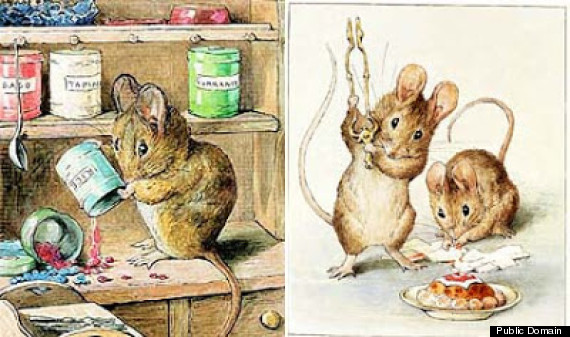
1. Beatrix Potter
Beatrix Potter captured wild mice and other rodents and kept them in beautiful Victorian cages on her drawing table. After rendering studies of their shining pelts and bright eyes, she often dissected the animals to study their muscle structure. Potter's illustrations might be cute, but they are also realistic, right down to the viscera.
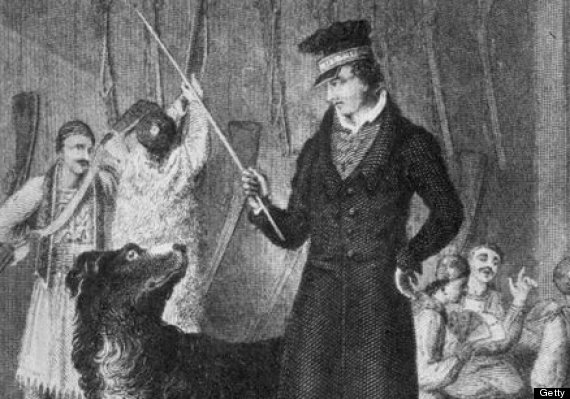
2. Lord Byron
George Gordon, Lord Byron, got around the prohibition against dogs in his college rooms at Cambridge by keeping a tame bear, which walked with him on the grounds, and enjoyed every luxury Byron could offer.

3. St. Therese of Lisieux
Young St. Therese of Lisieux, whose autobiography, "Story of a Soul," has sold millions of copies worldwide kept garden-caught sparrows in her attic-altar hideaway. When she was enclosed in the Carmelite cloister at age fifteen, she found a metaphor in the birds for her own life.
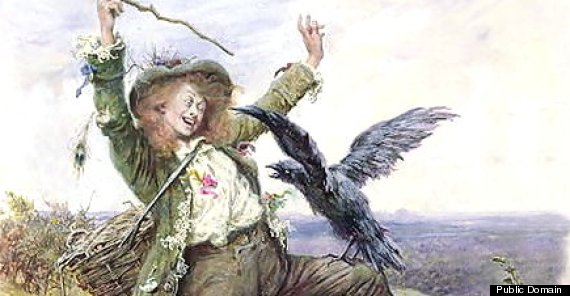
4. Charles Dickens
Charles Dickens was a devoted companion to his pet raven Grip the Knowing, who appeared as a character in the novel Barnaby Rudge. When Edgar Allen Poe reviewed the book for the Saturday Evening Post, the raven image inspired his eponymous gothic poem. Grip's arsenic-embalmed body is now on display in the rare books collection of the Philadelphia Public Library.

5. Flannery O'Connor
Flannery O'Connor's fowl may not have been properly wild, but some of the birds she kept at the Savannah estate were certainly exotic. Standing over them on her crutches, suffering with lupus, she found a source of peace, and a mirror for her own quirky strength.
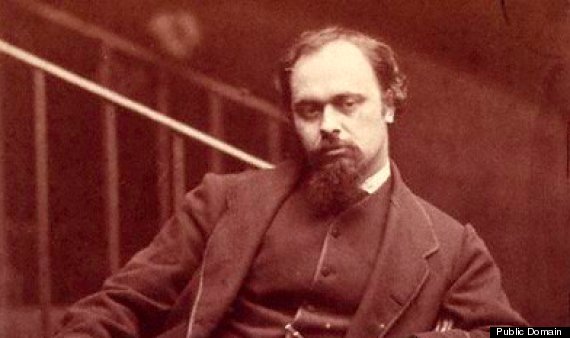
6. Dante Gabriel Rosseti
Pre-Raphaelite poet Dante Gabriel Rossetti kept a veritable menagerie, with his beloved wombat "Top" at its center, triggering a fetishist interest in wombat pets among the cognoscenti. While waiting for his marsupial to arrive by ship from Rossetti wrote: "Can peace be gained until I clasp my wombat?"
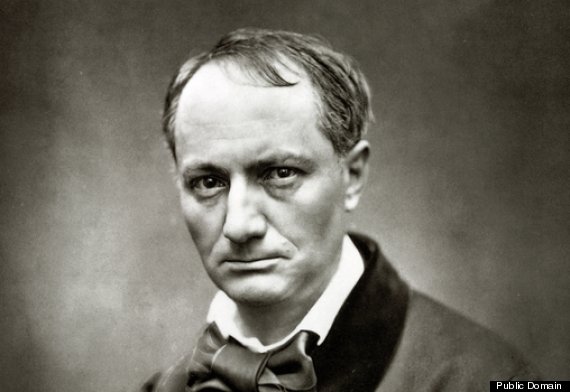
7. Charles Baudelaire
Sympolist poet Charles Baudelaire is said to have kept a tarantula in a jar on the window ledge, perhaps as an artistic affectation.
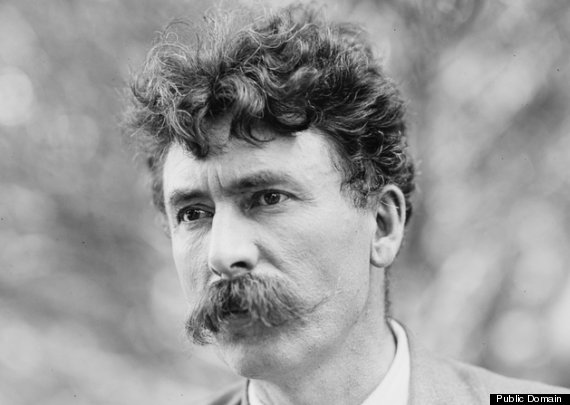
8. Ernest Thompson Seton
Ernest Thompson Seton, the American author of "Wild Animals I Have Known" had a pet crow named Silverspot, and declared him a genius. When John Burroughs published an article in the Atlantic criticizing the sentimentalization of wild animals as pets, Seton jumped into what became known as the "nature fakers" fray. Silverspot loved shiny things, and raiding the nests of smaller birds. "But we must not judge him for that," wrote Seton, "as it is just what we ourselves do to the hens in the barnyard."
Lyanda Lynn Haupt is the author of the new book The Urban Bestiary: Encountering the Everyday Wild.